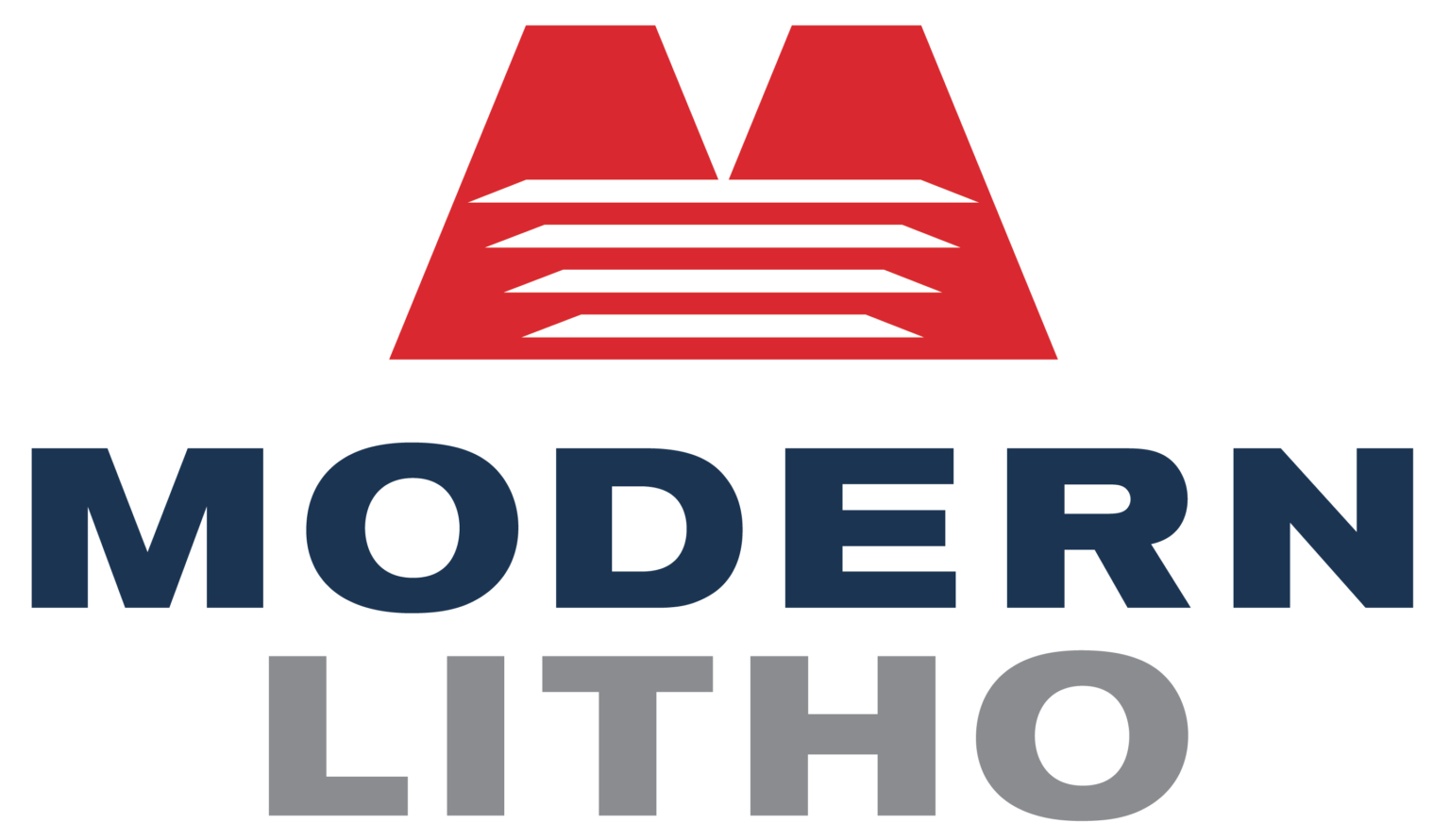Best SEO Strategies and Practices

The world of internet marketing and SEO (Search Engine Optimization) is a constantly changing practice, with each passing month and Google update a practice that seemed to work well may now not, or worse may be penalized, while something you may not have given thought too may be a heavily stressed ranking factor now. In this list we hope to give you some of the most up-to-date tips and best practices to use when managing your site.
-Content is King
This age old adage may seem like a no brainer and is mentioned by every internet marketer and SEO blog on the face of the planet but it is critical to the first steps of the SEO practice. Without good, informative, quality content, no one is going to visit your site, link to it, or want to do business with you. You may be thinking to yourself “But my business doesn’t have THAT much content to put up on a site” and that’s where you’re mistaken. Every industry has questions being asked by its customers and that is what you need to focus your content on.
-Target Long-Tail Keywords
For those of you who don’t know, there are essentially two types of keywords: Long-tail and Short-tail. Short-tail keywords are usually one to two words long and are very broad search terms ex: Jet Ski. These short-tail keywords are highly competitive and very hard to develop a high rank for, especially when competing against large national brands. To combat this, focus you’re targeting on long-tail keywords, ex: Basic Kawasaki Jet Ski repair. These long-tail searches are more targeted, have much less competition and are usually searched by users looking for something more specific, or when the user is further along in the buying cycle. By targeting these long-tail searches, you can reach these potential customers more easily and attract them to your site.
-Craft Your Title Tags Carefully
One of the most important ranking metrics, the title tag is the blue text that appears in the search results when a keyword is searched and tells the user what that page is about. To optimize your title tag, try to think about what that specific page is talking about and title accordingly. It is important to only place one or two keywords in the title tag as it can be penalized if the search engine thinks you are “stuffing” your keywords to try and increase your rank. Remember that this is something that a real human will be reading and therefore should be short (50-60 characters), descriptive, and relevant.
-Write Informative Meta Descriptions
Meta descriptions are the snippet of text that appears below the title tag when users enter a Google query. This description can, and should be customized for each individual page on your website. The key to writing a good description that will draw visitors is to accurately describe what your page’s content is about. These descriptions can only be a maximum of 160 characters so it’s important to really think about a well-crafted description that both describes your page and shows it’s relevant what the user searched for.
-Use Keyword Tools
Many times when working on a site, writing an article, or creating content we hit a mental block on what key words to use, different variations, phrasings etc… To help, Google, as well as other sites, have developed tools to show you popular search queries, synonyms for your keywords, search traffic, and how competitive the keywords your targeting are. These are invaluable tools to target long-tail keywords.
-Write SEO Friendly Header Titles
Header titles are a part of the page crawlers put a lot of weight into as they should be reinforcing what they page will talk about. Make sure that your Header titles, especially your H1 uses a targeted keyword or two and is descriptive about the content of the page.
-Don’t Forget Social Media
Developing great content is an awesome first step, but without a channel other than search for people to find it, it’s a lot like building a store in the middle of the woods. No matter how awesome that store may be, no one is going to know about it. Using popular platforms like Facebook, Twitter, Instagram, Pinterest, and others relevant to your market is essential to spreading the word and sharing your sites content.
-Build Links the Right Way
Over the years this has been a SEO practice that has seen some of the most changes. In the past, many major search engines did not look much at where the links that were pointing to and from your page were going to, but rather how many. This led to many poor practices of buying links, irrelevant link exchanges, link farming and more. If you are doing ANY of those that were just mentioned, you need to stop immediately! As search engines got more sophisticated, they saw this problem and began to penalize sites heavily for it. The best practice for good link building is too only link to sites, content, blogs etc… that have relevant content to yours and are also good, strong sites.
-Build on Broken Links
Building links isn’t always as easy as it seems. You know you have all this great content on your site but are having a hard time finding other great sites willing to share it. Well, another link building technique to get you started is to build links based on broken links you find. Now, this process, is requires a post in and of itself, and there are many other, but we will give you the gist. In broken link building, you go out onto the web and find good content that is no longer live, meaning the page it was on is no longer live. After doing so, you can either take the idea or rework it to be your own, or develop your own similar resource all together. From there, reach out to sites that currently have links to the dead content and let them know about what you made, most webmasters are glad to replace the dead link with a relevant and well developed replacement.
-Internally Link Pages
Interlinking within your own site is a great way to build site authority, but it is an even better way to make it easier for users to navigate the site and find what they are looking for. This practice needs to be done only when applicable and relevant. Linking a page on your site that talks about boat safety to a page that talks about lifejackets is a great, relevant example that visitors and search engines will appreciate.
-Check Your Page Speed
Slow sites, drive potential visitors away faster than anything so it is imperative that your site is loading its pages in less than 3 seconds. Think about it from a visitors perspective, they click on your link and wait, and wait and wait, and 10 seconds later your page finally loads, now when talking about ten seconds, it may not seem like a long time, but when browsing the web, it’s an eternity. Google webmaster tools has a great tool for looking at your page speed and can also show you some tips and tricks to get your site speed up. In most cases, the server your site is on may be slow, or the site has a lot of non-optimized flashy content that takes seconds to load.
-Make URLs Easy to Navigate
Something many site owners forget about is the actual site URL and how it looks to both the spiders crawling the web as well as users navigating their site. If your website URL uses dynamic URLs, or URLs that are automatically created for you, it may look something like: www.JohnsJetSkis.com/page=14/content.jsp?pageName=jet_ski and it’s something that you need to change! Firstly, URLs should be short, around 100 characters, and easy to navigate and read. By doing so, you can not only make it easier on your visitors, but also show the search engine another use of a few keywords which will help to increase page rank. Taking the URL from the previous example, all John needs to do is change his URL to a static URL, such as: www.JohnsJetSkis.com/Shop/Lifejackets Not only is that easier to read and looks better but also gives another indication to the search engine spider that the page is about lifejackets.
-Look at Competitors
If your competitors are outranking you in Google, it would be a good idea to see what they are doing that you aren’t doing. Use tools like Majestic SEO, Ahrefs or Moz to see where your competitors are getting their links from. Use White spark to find the local directories they are listed on that you are not on yet. Are they actively creating new content on their site? What do their onsite elements look like (title tags, meta descriptions, body copy), and how do they differ from yours?
-Don’t Forget Alt Tags
Crawlers are great at deciphering content to figure out what it is you’re talking about, but what they aren’t good at is looking at a picture and registering what that is. The best way you can help them out is by using Alt tags, Alt tags are simple tags you can add to any picture to tell the spider crawling your page what it is they are looking at. These tags are another great way to target your keywords, but again remember not to overuse and be penalized for stuffing.
-Have a Sitemap
A sitemap is a simple directory showing the structure of your website and make your site easier to navigate for both spiders crawling your site, as well as visitors who might not be able to find a specific page they are looking for. Link your sitemap to the footer of every page on your site so that it is easily accessible and navigable.
-Build Citations
Citations are any mention of your name, phone, and address listed on the web and in directories like yellow pages. Sometimes, these may not be filled out correctly and it is critical that you correct the errors or blanks and let potential customers know how to get ahold of you, where you’re located etc…
-Remember: No One Can Guarantee Ranking
One thing that many site owners unfortunately fall for is an SEO “Expert” that can guarantee their site will get the top spot, or front page of Google in X amount of weeks. No one, and we mean NO ONE, can guarantee these claims and it is very important you do not fall for one of these schemes. These “experts” usually use black hat tactics to increase your rankings, which are things like keyword stuffing, link spamming, hidden text, and many more, which may in the short run increase your site rank, but will be heavily penalized, when caught by Google. No one, can outsmart Google, Bing or any other major search engines so please, head our warning!
